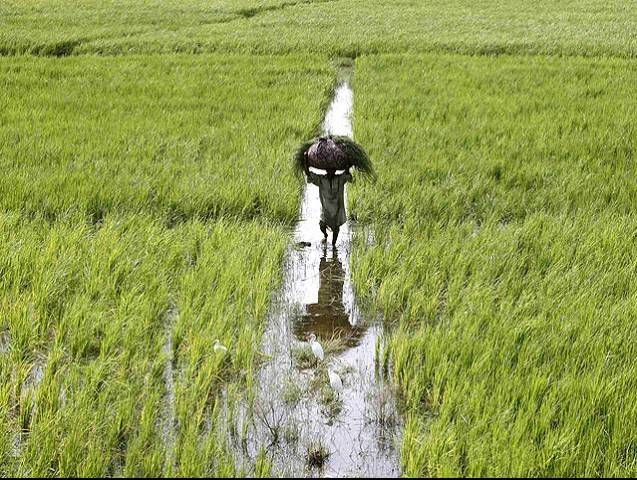A relatively good southwest monsoon and the possibility of GDP accelerating during the rest of the year, had given rise to high hopes that Pakistan would finally be able to surmount the lackluster growth witnessed over the past three years. Unfortunately, even as the monsoon approaches its end, there are now fresh warnings of a further slowdown in economic growth. Independent Analysts, who monitor numbers of economic growth, pegged real GDP growth for the two months (July and August) of this new fiscal year to as low as 3.2%, thus far the slowest pace over the last eight months. This was after months of projections by the Met Office that this year’s monsoon (between July and August) would be much higher than in the past and coupled with better seed and pesticide management by respective provincial governments, it would result in higher national GDP growth on the back of Pak agriculture sector posting some handsome results. Even the most conservative observers had predicted that GDP would expand by about 1% in the first quarter (just before the onset of the rainy season) owing to inflows from CPEC and resultant economic activity thereof, and then will further pick up pace in the second and third quarters. In all likelihood at least this expected economic expansion relating to a good monsoon and a good agriculture harvest seems to have been ill founded. According to the Pak Met Offices, for the data that is available so far, only 50% of the rain-dependent area received normal or excess rainfall this monsoon, whereas, about 33% area has already been marked as what received deficient or lower than average rains. What it means is that unfortunately, even this year the agricultural growth continues to be dismal and contrary to what was being touted, the worries of the farmers may not really be over any time soon. The story does not end here: As we already know, that cotton, which is one of the main crops of the country, is also bound to come under increased pressure going forward. Even if we have a half decent size cotton crop this year, the concerns remain on its usage (demand side) in an environment where the domestic textile industry is struggling, resulting in high mill closures. Worryingly for investment (barring CPEC) and industrial growth, there continues to be a contraction in gross fixed capital formation and there is a general lack of investments and growth in the small and medium sized enterprises in Pakistan. Again, unfortunately, in absence of any real-ticket industrial reforms by the government and with cheap imported goods freely flowing in, courtesy Afghan Transit Trade and lackadaisical oversight by FBR and customs on imports from China, this trend is likely to continue, at least in the near-term. While in the coming months, with Eid-ul-Azha accounted for and with more festivities to come, demand could soar during the rest of the year But then this primarily is likely to occur in the un-documented sector, which ironically is thriving and getting larger owing mainly to misconceived and rather skewed cum and coercive governmental policies on revenue collection that tend to encourage operations outside the tax-net at the expense of existing taxpayers or ‘filers’. Naturally such a demand does little to alleviate government fortunes since it not only artificially heats up the economy, but also (as already mentioned) undermines legitimate businesses and creates inflationary pressures of the type over which the monetary policy exerts little or no control!
Still, the Pak economic managers at their end are confident that the economy will turnaround within the next 6 months; that there will be an agricultural revival within this fiscal year; and that growth will reach the 5.5% mark by June 2017. They are confident, as in their opinion, large number of structural reforms have either already been undertaken by them or are in the pipeline to be implemented soon. With CPEC gaining momentum and the Pak stock exchange index rising with each passing day, the resulting positives according to them are already being felt. And then of course there are spin-doctors or “positive” analysts who insist that growth in Pakistan is already touching the 5% mark and as the power/energy situation in the country improves further, this growth could even cross the 6% mark by June next year.
All very well, however, what they deliberately or otherwise overlook is that the key factor that is holding back the acceleration of industrial growth is investment recovery and the underlying reason that is holding back growth, both in industrial and agricultural sectors, is lack of competitiveness – the biggest indicator being rapidly declining national exports and a double digit decline in textile exports, the main national exporting category. And unless the government re-thinks its strategy of somehow protecting its home industry and farmers, - at least till such time that they find it difficult to compete globally – the desired level of job creation and output growth in the economy will remain elusive.






